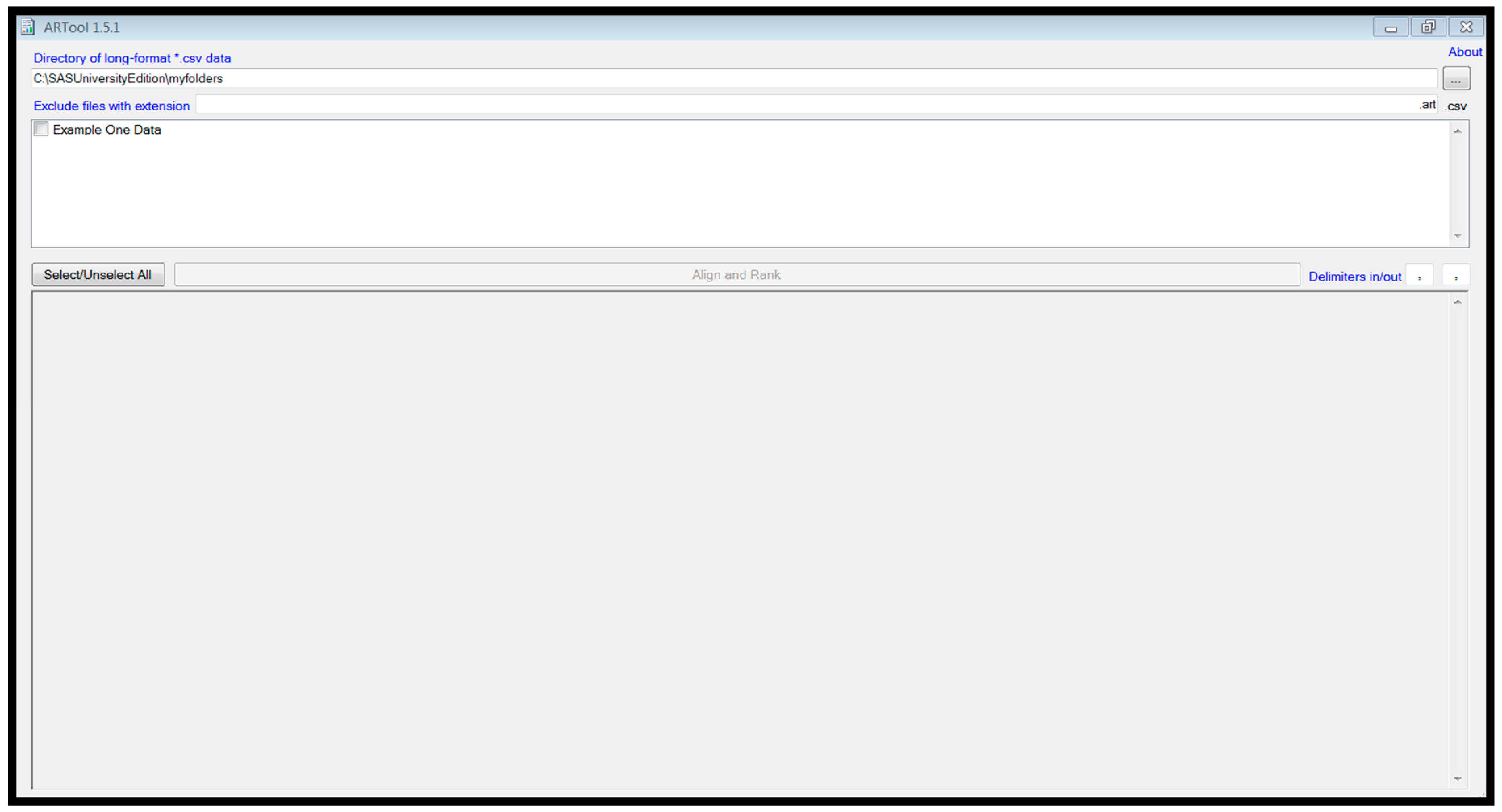

High levels of moderate-to-vigorous physical activity (MVPA) are strongly associated with sustained weight loss, and current guidelines recommend high levels of PA for weight management. Adults motivated by autonomous reasons (value benefits of exercise, intrinsic enjoyment) may be more likely to sustain increases in MVPA once support is removed, whereas participants with moderate-to-high scores on all types of exercise regulations may need additional long-term support in order to sustain initial increases in MVPA. Results were in alignment with the Self-Determination Theory. However, during the transition from supervised to unsupervised exercise, MVPA decreased, on average, within all three profiles, but the high autonomous profile demonstrated the least attenuation in MVPA (− 3 ± 6 min/d) compared to the moderate combined profile (− 20 ± 5 min/d P = 0.043). Motivational profile was not associated with baseline level of MVPA or the increase in MVPA over the 6-month supervised exercise intervention (high autonomous: 21 ± 6 min/d high combined: 20 ± 9 min/d moderate combined: 33 ± 5 min/d overall P > 0.05). Three motivational profiles emerged: high autonomous (high identified and intrinsic, low external regulations n = 52), high combined (high scores on all exercise regulations n = 25), and moderate combined (moderate scores on all exercise regulations n = 92). Mean differences in device-measured total MVPA were compared across motivational profiles at baseline, after 6 months of supervised exercise and after a subsequent 6 months of unsupervised exercise. Latent profile analysis identified subgroups from external, introjected, identified, and intrinsic regulations measured at baseline.

Participants self-reported behavioral regulations for exercise at baseline (BREQ-2). MethodsĪdults with overweight or obesity ( n = 169, mean ± SE age 39 ± 0.7 years, BMI 34.4 ± 0.3 kg/m 2, 83% female) underwent an 18-month behavioral weight loss program, including 6 months of supervised exercise, followed by 6 months of unsupervised exercise. Our goal was to identify profiles based on exercise motives, and examine the association between motivational profile and longitudinal changes in MVPA during a weight loss intervention. High levels of moderate-to-vigorous intensity physical activity (MVPA) are strongly associated with sustained weight loss, however the majority of adults are unsuccessful in maintaining high levels of MVPA long-term.


 0 kommentar(er)
0 kommentar(er)
